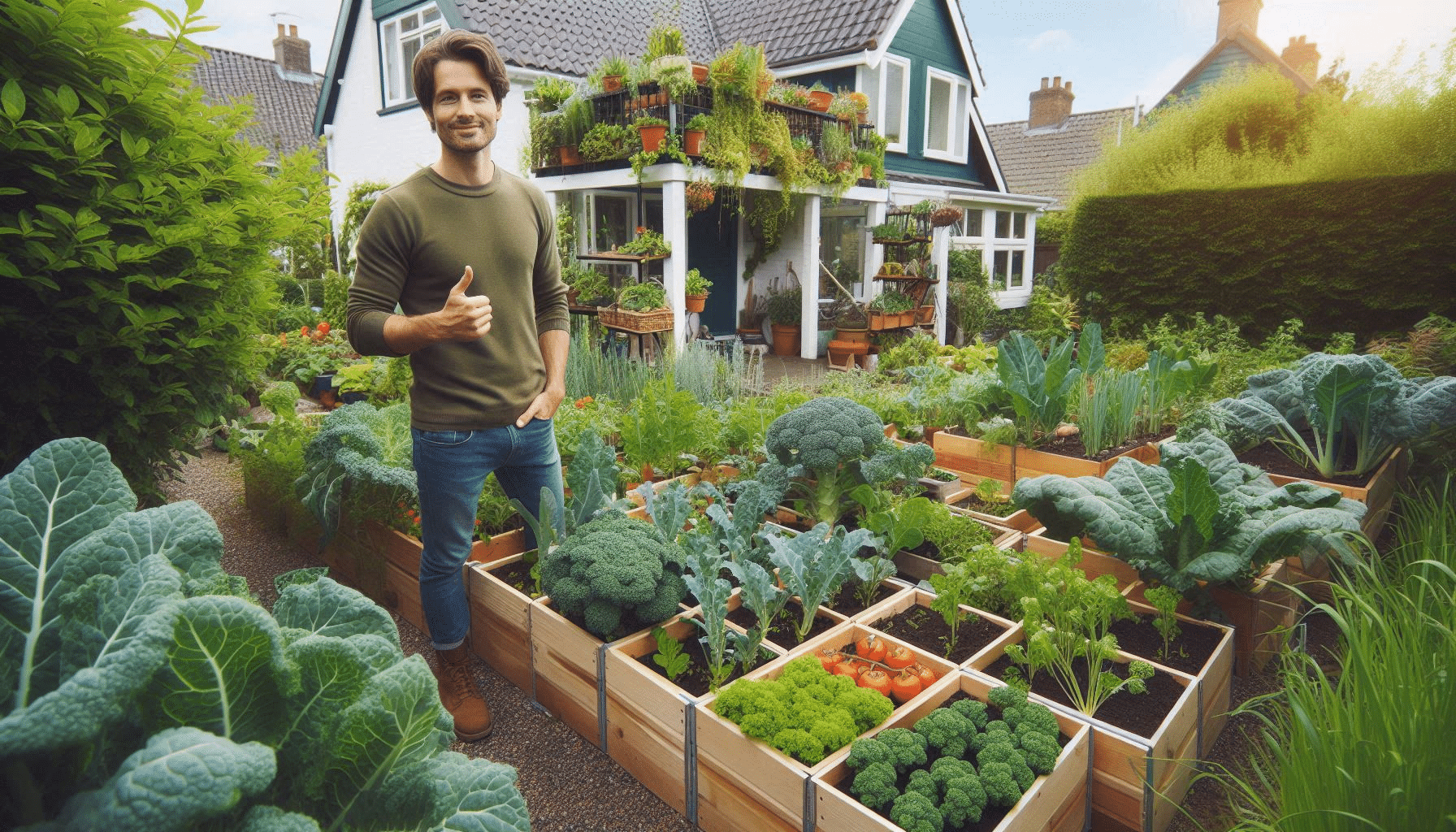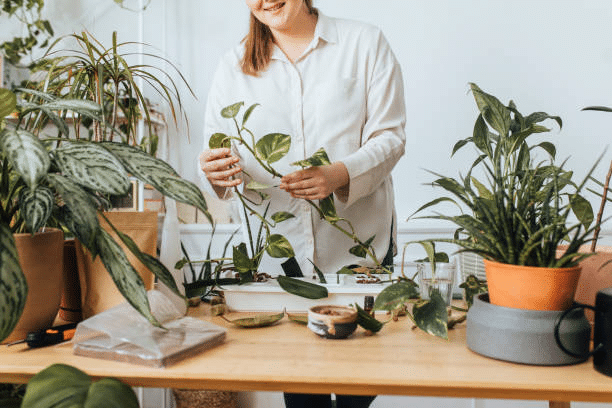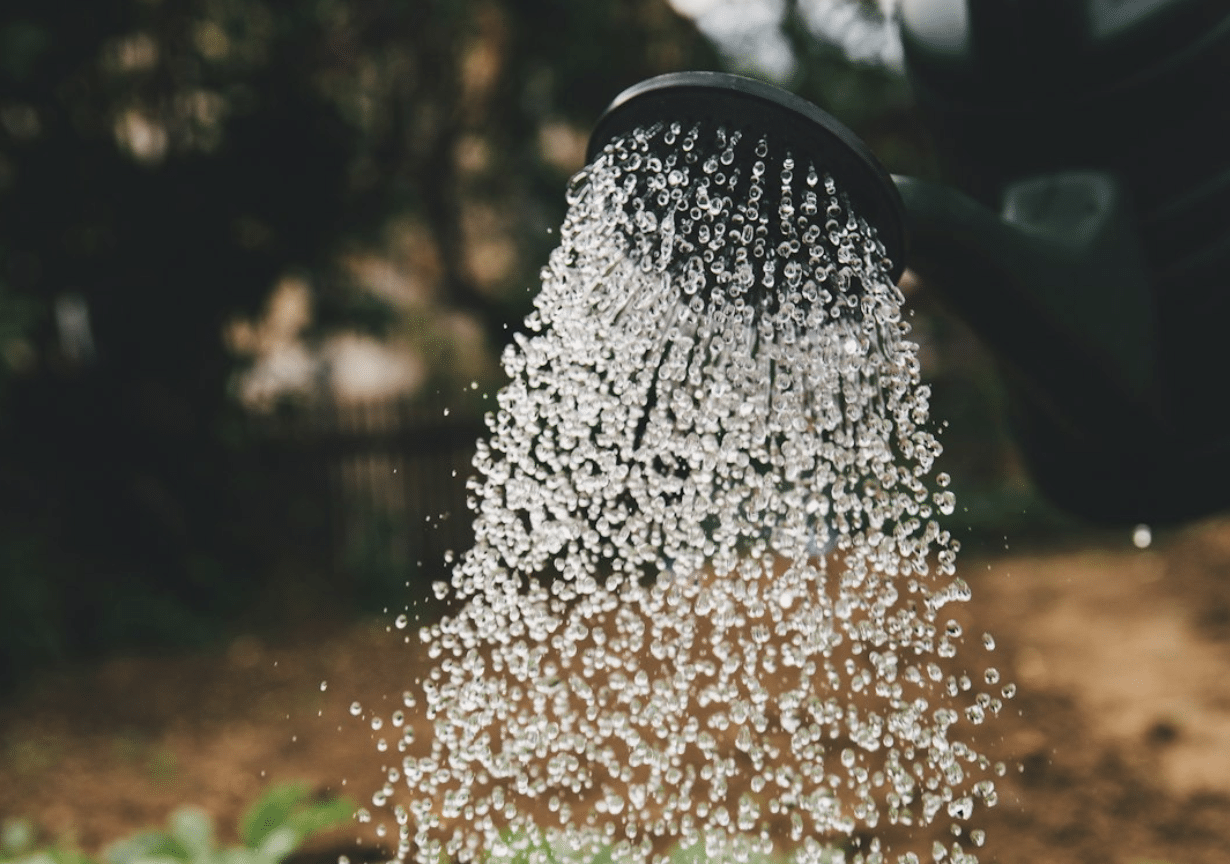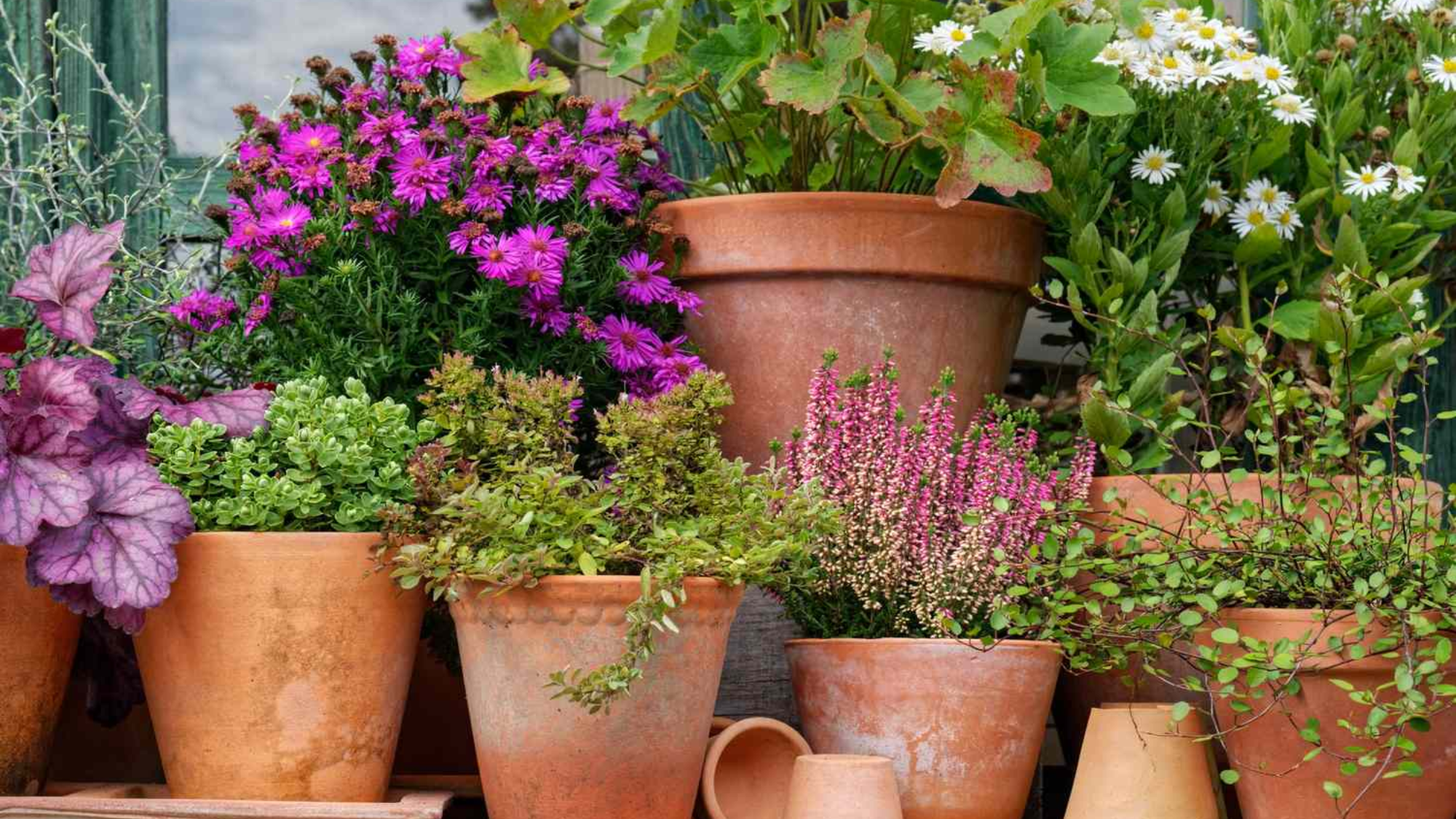Sustainable Minimalism: Designing a Low-Maintenance Garden
Imagine a garden that almost takes care of itself. Sustainable minimalism blends beauty with functionality, all without demanding constant upkeep. You save time and still enjoy lush greenery.
Using smart designs, you can cut back on watering and weeding. Modern tech tools help manage everything from soil health to plant growth effortlessly.
Curious how to achieve this balance? Stick around as we explore practical tips and lesser-known strategies for a low-maintenance yet stunning garden.
Choosing the Right Perennial Plants

A garden is as low-maintenance (or labor-intensive) as the plants grown therein. Perennials return year after year, cutting down on replanting tasks. Varieties like lavender and hostas thrive with minimal attention, providing beauty without fuss.
Deep-rooted species often need less watering, while drought-tolerant ones endure summer heat effortlessly.
Perennials not only beautify but also support pollinators. Bees and butterflies benefit from consistent blooms, enhancing your garden’s ecosystem. Understanding these plant characteristics makes it easier to build a sustainable space that demands less of your time.
Integrating Smart Garden Technology
In a world where there’s literally a tech tool for everything, gardens haven’t been left behind. Smart sensors monitor soil moisture and weather conditions, alerting you when plants need attention.
Automated irrigation systems ensure efficient water use, adapting to seasonal changes without manual adjustments.
Garden management software simplifies planning and tracking plant care schedules. Using these tools can significantly reduce the effort needed for growing and managing a garden.
By integrating tech into your gardening routine, you stay informed about plant health and environmental factors effortlessly—freeing up time to enjoy your thriving green space.
Efficient Watering Systems for Minimalist Gardens

No question, much of growing a healthy, productive garden involves making sure it’s properly watered. Efficient watering systems play a pivotal role in sustainable minimalism.
Drip irrigation minimizes water waste by delivering moisture directly to the root zone. Soaker hoses offer even distribution without runoff issues.
Also:
- Timed irrigation controllers adapt to weather conditions.
- Rain barrels collect and reuse natural precipitation.
- Soil moisture sensors prevent overwatering.
Integrating these systems ensures efficient use of resources while maintaining your garden’s health and appearance. This way, you enjoy lush growth with significantly less effort and environmental impact.
Utilizing Native Plants to Reduce Maintenance
Local plants naturally thrive in their environment, making them perfect for a low-maintenance garden. They adapt to local soil and climate, reducing the need for extra care. Native species often have built-in defenses against local pests and diseases.
This resilience cuts down on the need for chemical interventions. Plus, they support native wildlife, creating a harmonious ecosystem that practically takes care of itself while still being visually appealing.
Designing with Low-Maintenance Ground Covers
Another incredibly helpful way to set up a garden with little maintenance involves using ground covers. Plants like creeping thyme and clover spread quickly, covering soil and preventing weed growth.
They reduce the need for mulching and frequent weeding, making upkeep a breeze. Many ground covers also improve soil health by retaining moisture and adding organic matter.
This approach results in a lush, green garden that practically takes care of itself.
Companion Planting Strategies for Healthier Gardens
Ever heard of plants that not only coexist but actually help each other thrive? Companion planting does just that. Certain plant combinations enhance growth, deter pests, and improve soil fertility.
For example:
- Tomatoes and basil repel insects.
- Carrots and onions ward off each other’s pests.
- Corn and beans fix nitrogen in the soil.
- Marigolds deter nematodes from vegetables.
These partnerships create a self-sustaining garden ecosystem. By leveraging natural relationships between plants, you reduce reliance on chemicals and enjoy healthier, more robust growth with less effort.
Sustainable minimalism in gardening means more beauty with less work. Integrating perennial plants, smart tech, and efficient watering systems boosts your garden’s health and appearance. Utilizing native species and ground covers further simplifies upkeep. Embracing these strategies creates a thriving, low-maintenance oasis you can truly enjoy.







